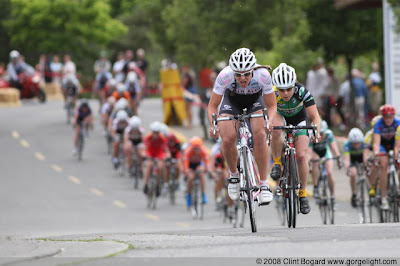Auto Focus vs. Manual Focus
AF, or Auto Focus is an automatic process of the camera that aims to find the correct focus. The opposite of which is the MF, or Manual Focus, where the photographer sets the focus manually. MF can be executed by rotating the focus ring on the lens (on DSLRs) or by pressing the designated button (on non-DSLRs). This manual process is generally used when AF fails to deliver results according to our objectives, or if AF isn’t possible due to technical problems.
AF by half-pressing the shutter button
Generally, all cameras will start looking for the focus when the shutter button is pressed half way. The camera will then beep when the focus is locked and the locked object is sharply focused. So avoid pressing the shutter button without first half-pressing, because this will force the camera to shoot without finding the correct focus.
About AF motors
The focus (or lack there of) of a resulting photograph is set by focal lens element that can move back and forth. If using the a AF mode, the camera will automatically rotate the AF lens by relying on the lens’ micro motor. That is why when the camera is focusing, you can hear (and feel) fine movements in the camera. On DSLRs, the AF motor is located inside the camera body, except entry level Nikon DSLRs like the D40 do not have an AF motor. As a substitute, this model needs lenses with AF motors.
Nikon D7000 AF coupling



